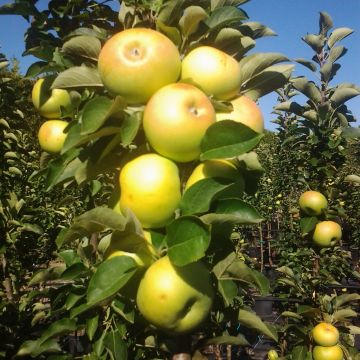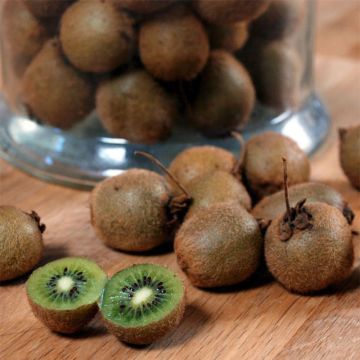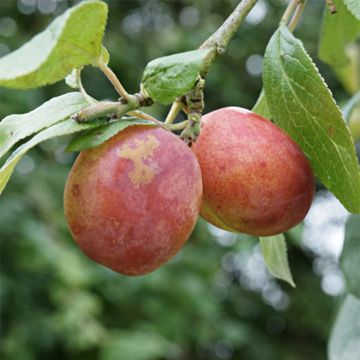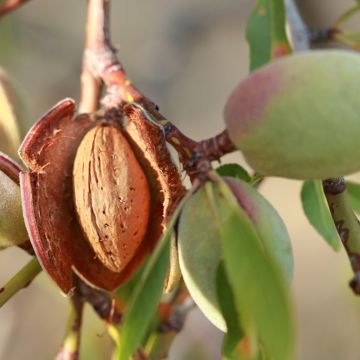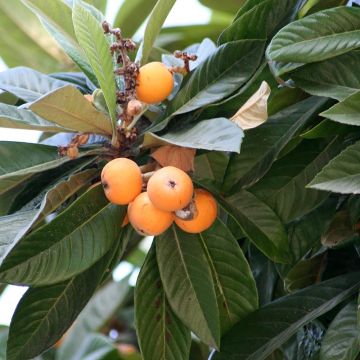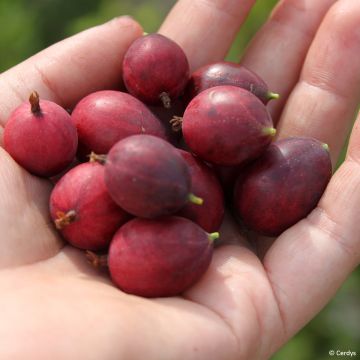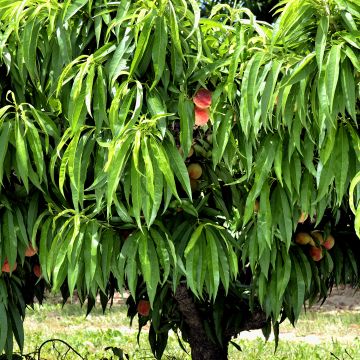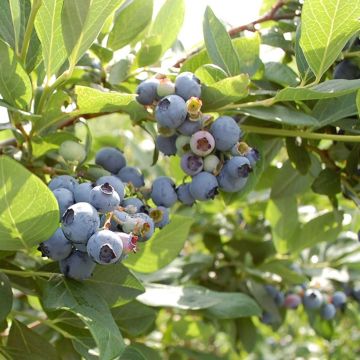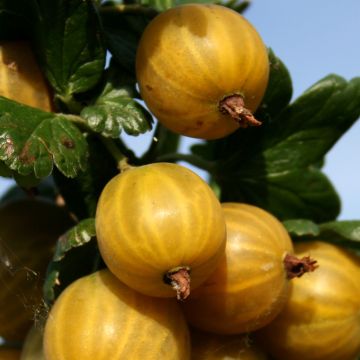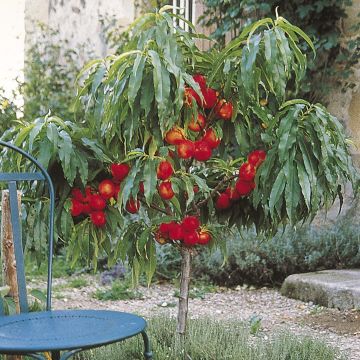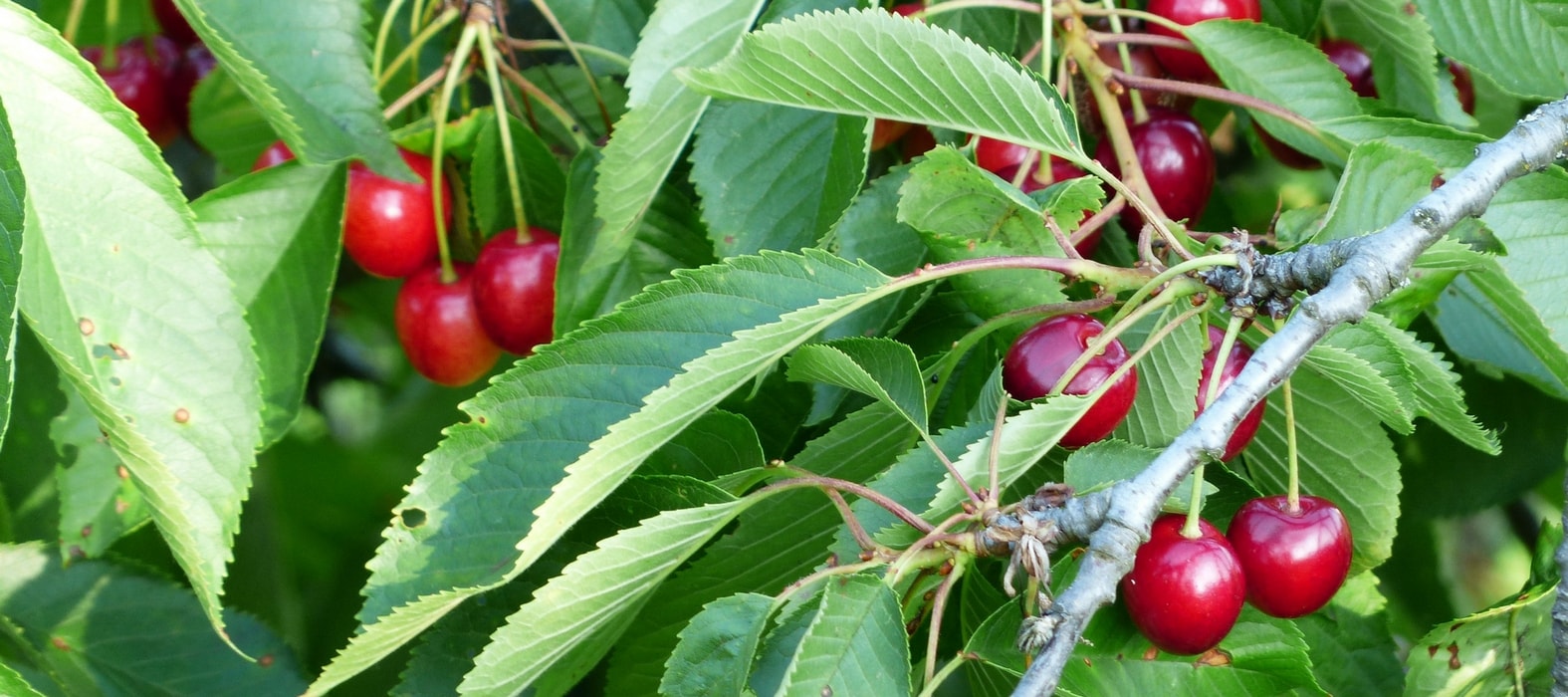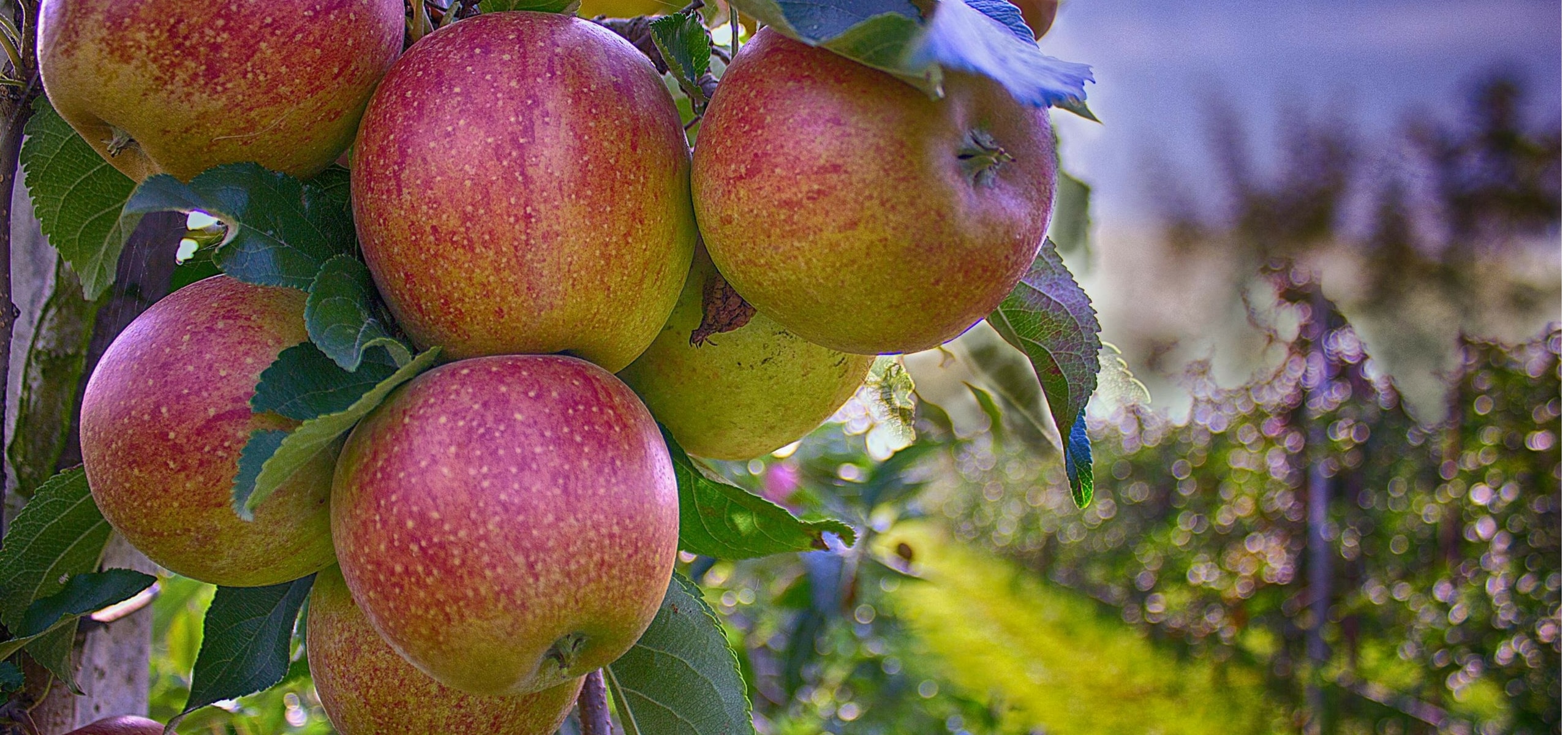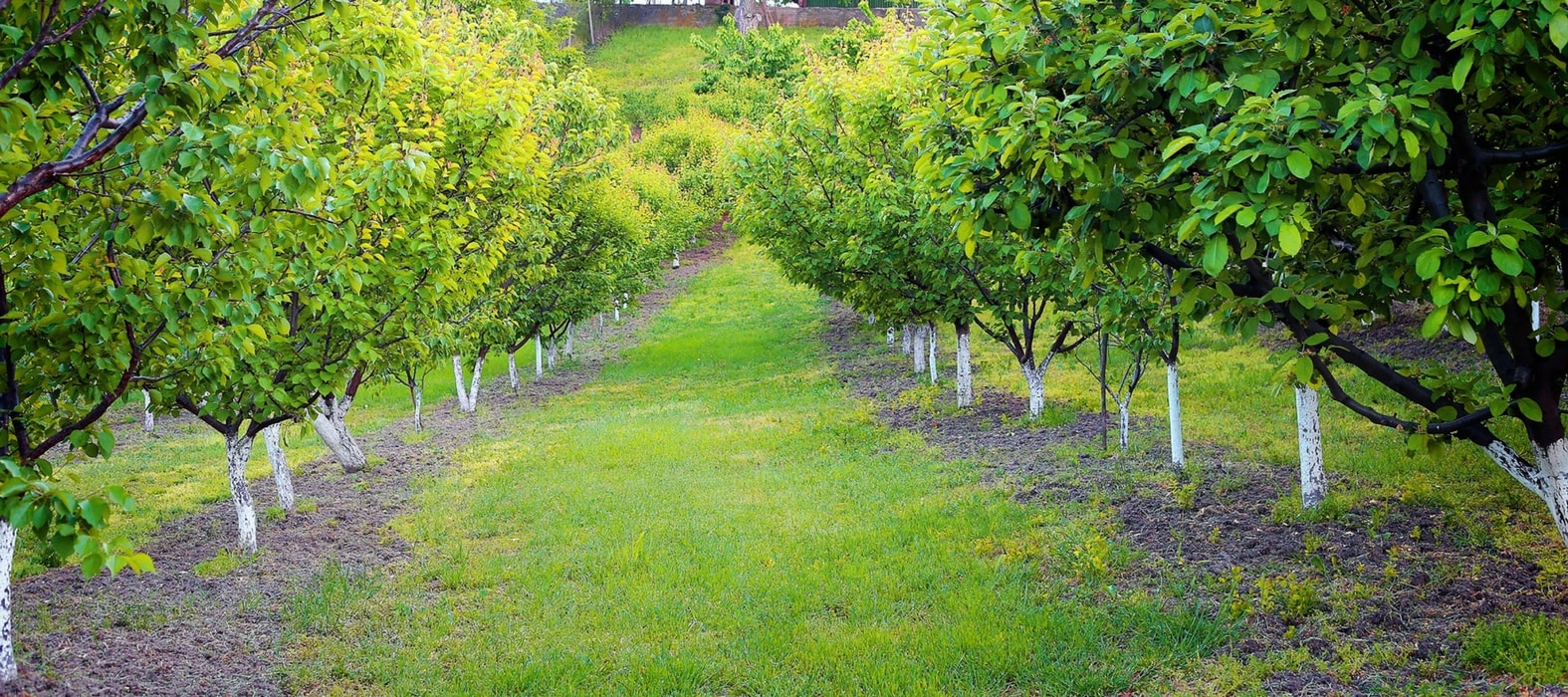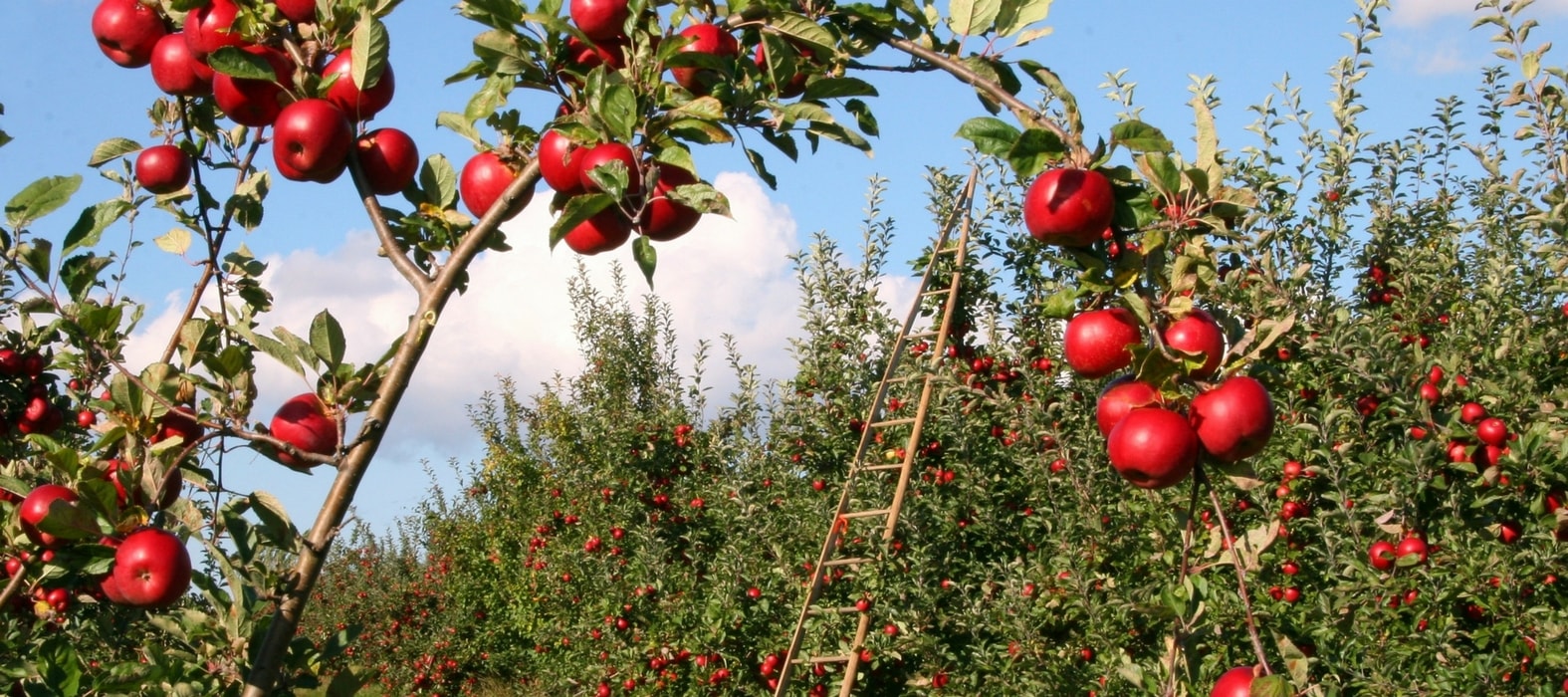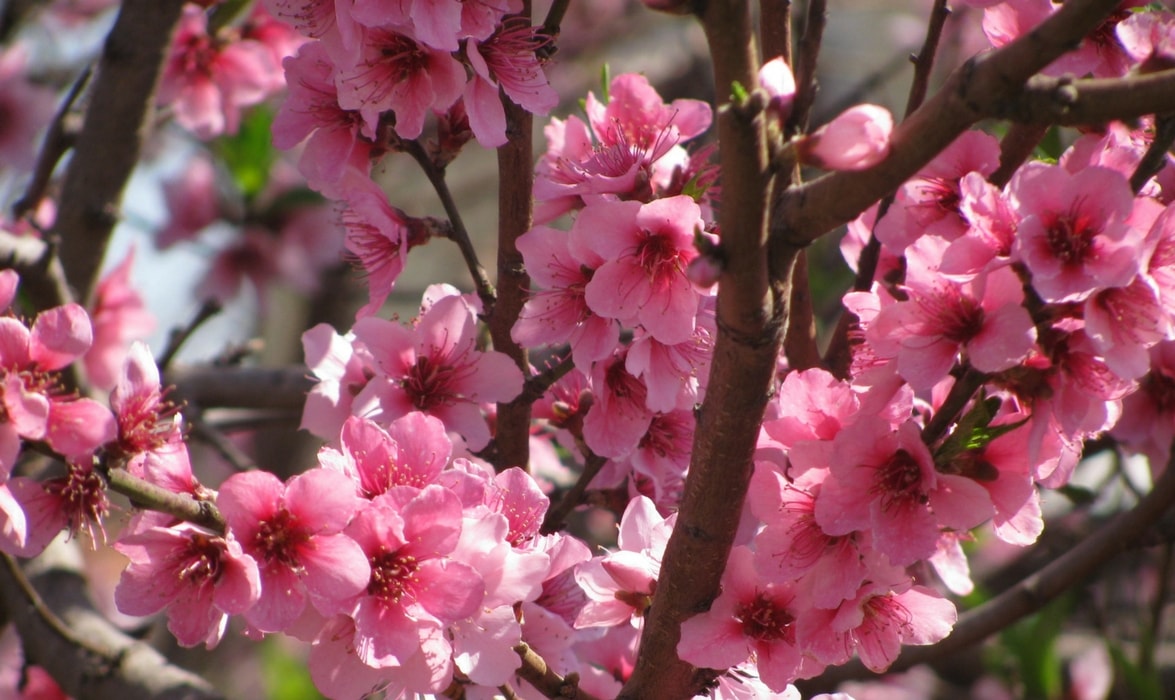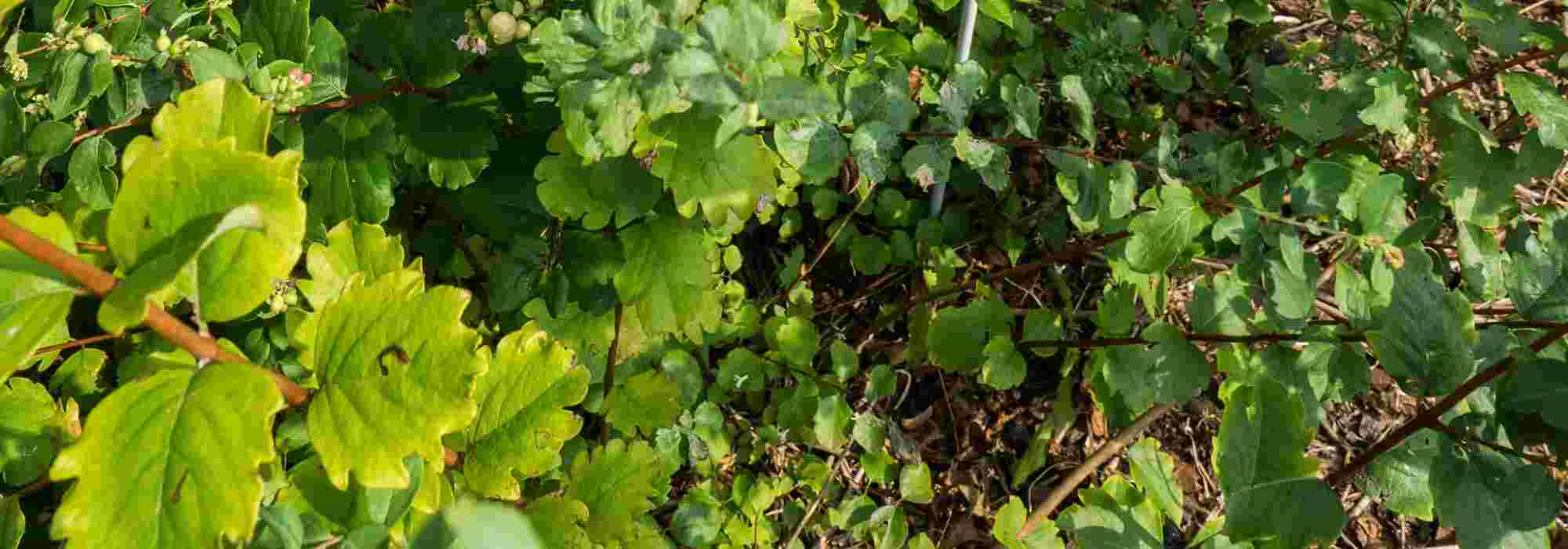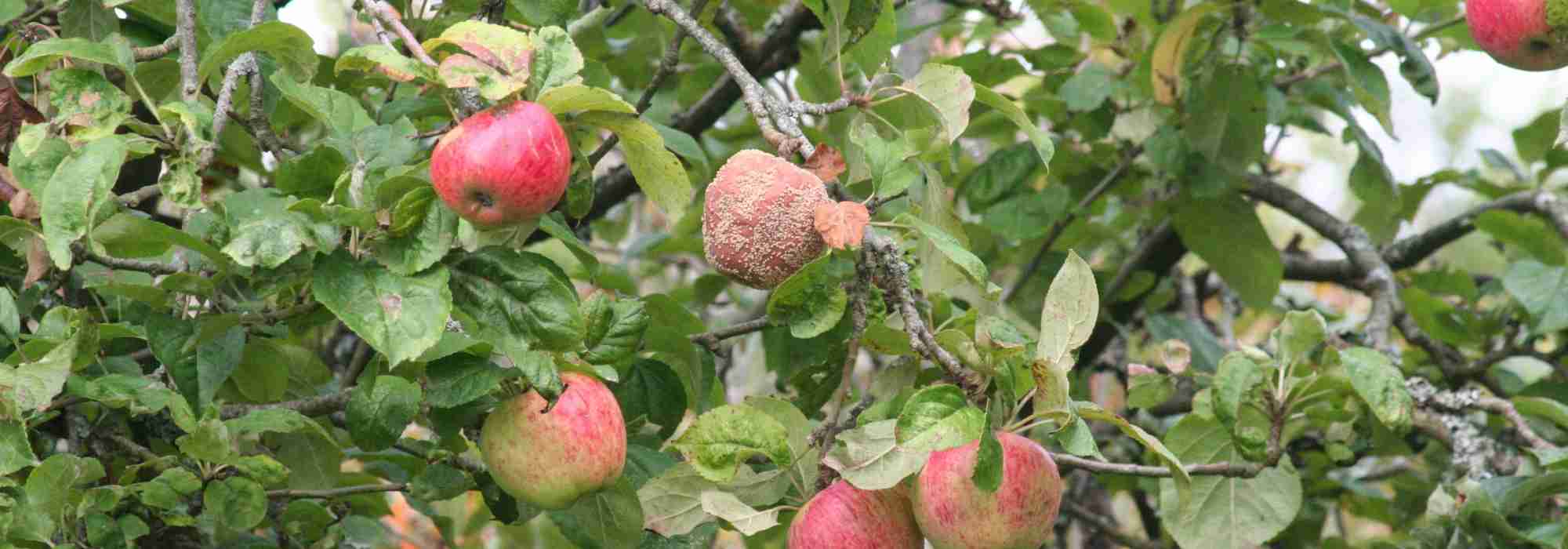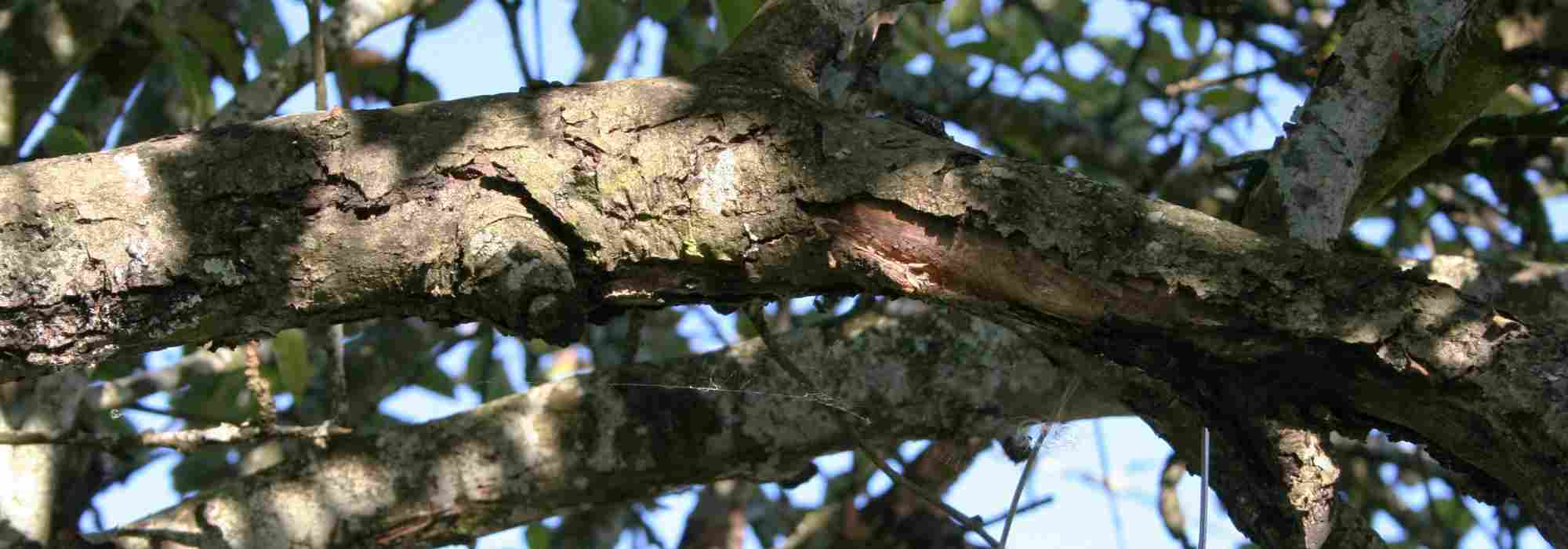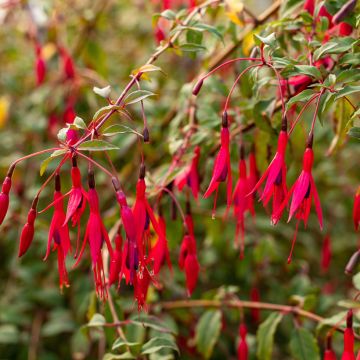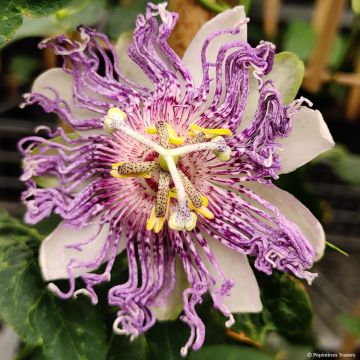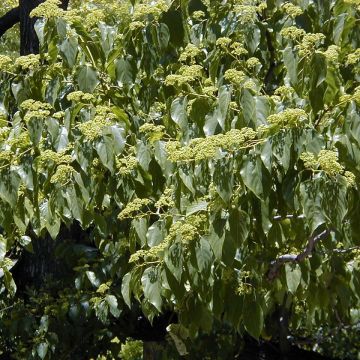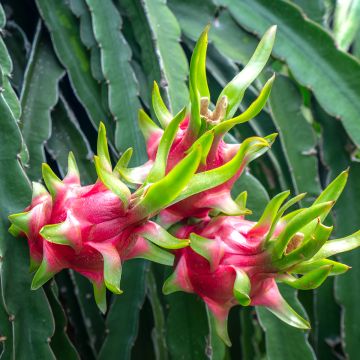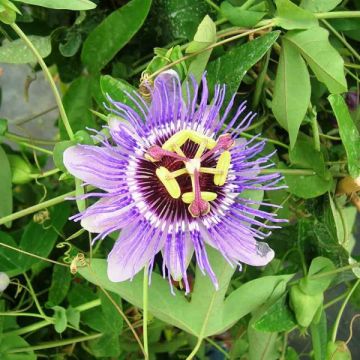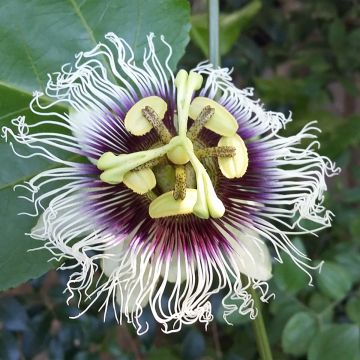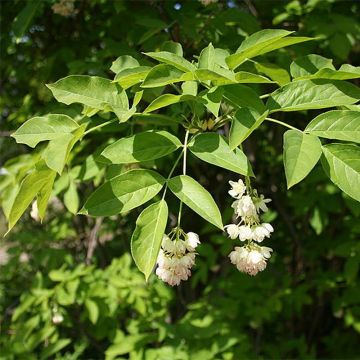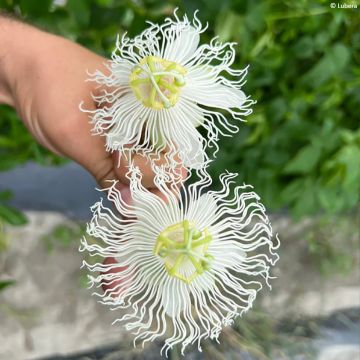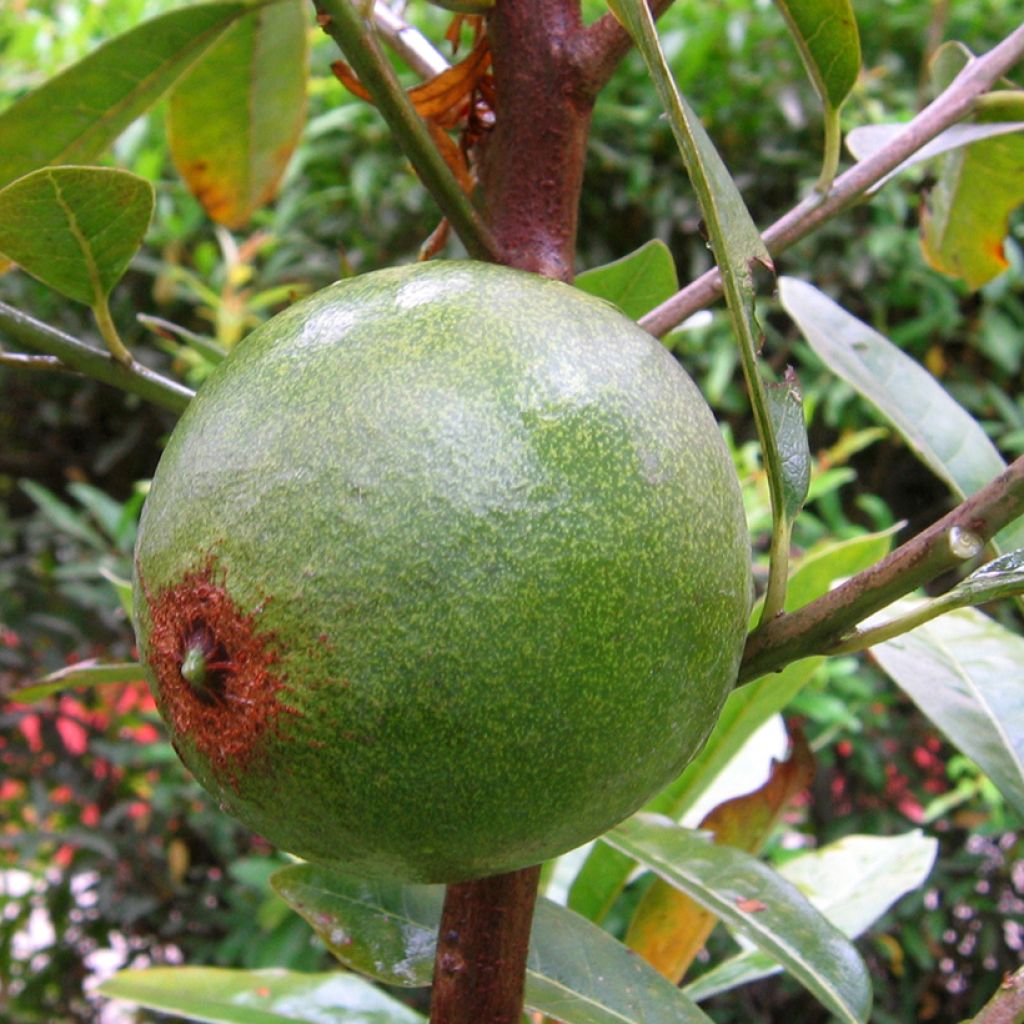

Pouteria obovata
Pouteria obovata
Pouteria obovata
Special offer!
Receive a €20 voucher for any order over €90 (excluding delivery costs, credit notes, and plastic-free options)!
1- Add your favorite plants to your cart.
2- Once you have reached €90, confirm your order (you can even choose the delivery date!).
3- As soon as your order is shipped, you will receive an email containing your voucher code, valid for 3 months (90 days).
Your voucher is unique and can only be used once, for any order with a minimum value of €20, excluding delivery costs.
Can be combined with other current offers, non-divisible and non-refundable.
Home or relay delivery (depending on size and destination)
Schedule delivery date,
and select date in basket
This plant carries a 6 months recovery warranty
More information
We guarantee the quality of our plants for a full growing cycle, and will replace at our expense any plant that fails to recover under normal climatic and planting conditions.
Description
Pouteria obovata, commonly known as lucuma or lucumo, is a tropical fruit tree that is cultivated in greenhouses or conservatories in our latitudes. Valued in South America for its sweet fruits with bright yellow flesh, it is often nicknamed the "egg-fruit" due to the appearance of its fruits, or "the gold of the Incas" because of its richness in vitamins, fibre, and antioxidants. Growing it in a pot allows it to be protected from winter temperatures by bringing it indoors. Its lush foliage and flavourful fruits are its main assets. Lucuma can spend the warmer season outdoors in a sheltered spot.
Pouteria obovata, or Pouteria lucuma, also called Planchonella obovata, belongs to the Sapotaceae family. Native to the Andes, this tree is mainly found in Peru, Ecuador, and northern Chile. It occurs naturally in inter-Andean valleys, where it grows between 1,500 and 3,000 metres above sea level, in humid mountain forests and cloud zones. This species has been cultivated for millennia by pre-Columbian civilisations, and its fruit, considered a nutritional treasure, was highly prized by the Incas. Over time, lucuma has been designated under various scientific names. Among its botanical synonyms are Achras lucuma, Lucuma bifera, Lucuma biflora, Pouteria insignis, and Richardella lucuma...
Lucuma is an evergreen tree that reaches a height of 8 to 15 metres when grown in the ground in South America. Its habit is upright, with a dense, rounded crown about 6 to 8 metres in diameter. In our climates, when grown in a pot, its growth will be much more modest. Its straight trunk bears brownish, slightly fissured bark, which releases white latex when cut. Young shoots are covered in a fine brownish down. Its foliage is dense. It consists of alternate, single, elliptical to oblong leaves, measuring between 12 and 25 cm long and 5 to 10 cm wide. They are leathery, dark glossy green on top and paler underneath, sometimes slightly hairy.
Lucuma flowers and fruits on the current year's wood. The flowering is inconspicuous. The flowers are small, measuring 1 cm in diameter. They are solitary or paired in the leaf axils. They have a white to cream corolla and emit a sweet fragrance. Flowering can occur several times a year but is usually more pronounced in spring and summer. The species is self-fertile, meaning a single tree can produce fruit. The presence of pollinating insects is essential for fruit set. For this reason, bees should be allowed into the greenhouse during flowering or the plant should be moved outdoors.
The lucuma fruit is an ovoid or conical berry, measuring between 7.5 and 10 cm long. When ripe, its thin skin turns a yellowish-green to brownish hue. The orange-yellow flesh is dense, dry, and mealy, with a sweet, sugary flavour reminiscent of caramel or maple syrup. Each fruit contains one to five large, smooth, dark brown ovate seeds. The highly nutritious fruit is rich in vitamins, minerals, and antioxidants, explaining its traditional use as an energising and medicinal food in Andean culture.
The fruits of Pouteria lucuma take about 8 to 9 months to ripen after pollination. In the southern hemisphere, particularly in Peru, the harvest generally runs from October to March, while in Chile, it occurs from June to November. The fruits reach ripeness when they fall naturally to the ground. However, to avoid damage from the fall, it is a good idea to pick them manually just before they detach. After harvesting, the fruits should be left at room temperature for several days to complete ripening. A sign of full ripeness is slight softness to the touch and the absence of latex when the skin is cut. Once ripe, the fruits can be refrigerated at a temperature between 13 and 15 °C for 2 to 3 weeks.
In Latin America, lucuma is commonly used to flavour desserts such as ice cream, cakes, custards, and yoghurts. Its dense, sweet flesh is also processed into purée or powder, making it easy to incorporate into various culinary preparations. Lucuma powder, obtained by dehydrating the pulp, is used as a natural sweetener in smoothies, pastries, and beverages, offering a healthy alternative to refined sugar due to its low glycemic index and richness in fibre, vitamins, and minerals.
Pouteria is a tree suited to subtropical climates and tropical mountain zones. It prefers well-drained, slightly acidic to neutral soils rich in organic matter. The tree suffers below 5 °C and thrives in temperatures between 8 °C and 27 °C. Indoors, ensure it is placed near a sunny window or consider using grow lights to compensate for the lack of natural light.
Report an error about the product description
Pouteria obovata in pictures
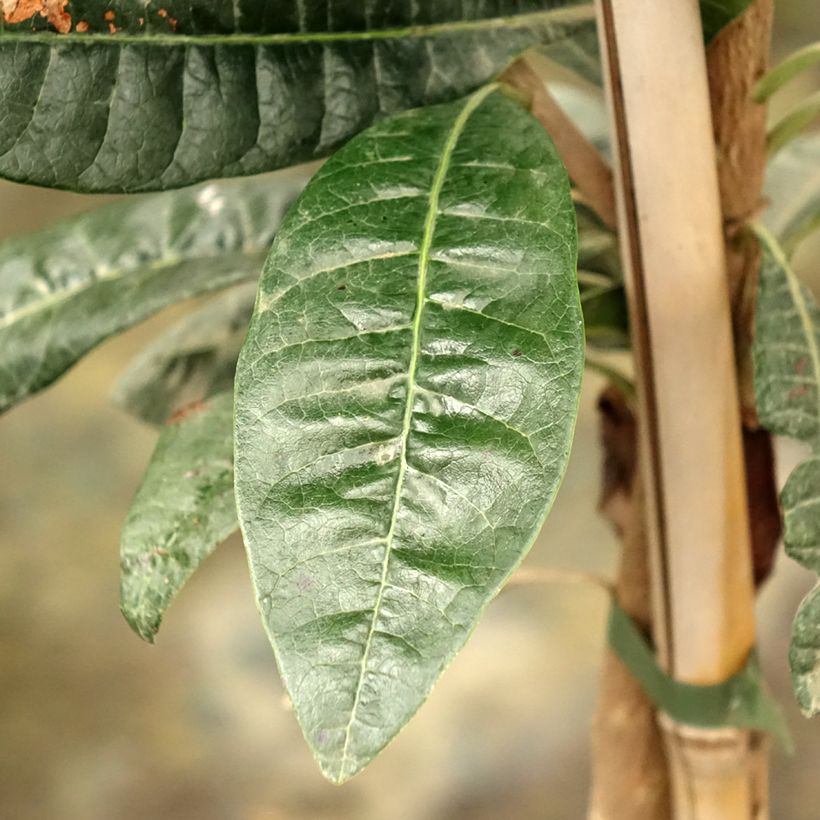

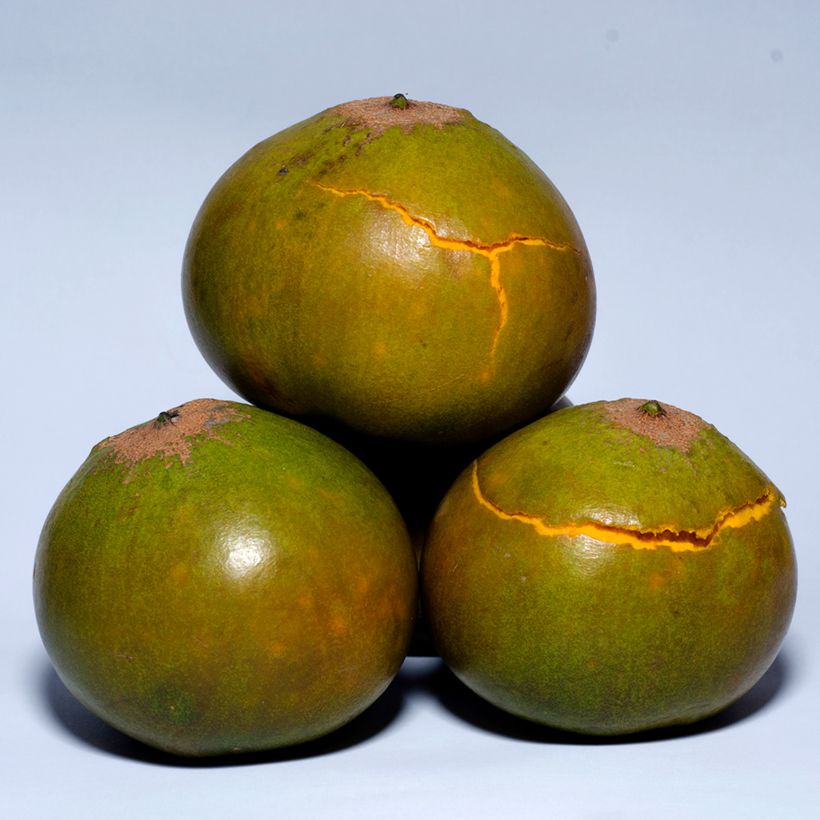

Plant habit
Fruit
Flowering
Foliage
Botanical data
Pouteria
obovata
Sapotaceae
Planchonella obovata, Pouteria obovata, Sersalisia obovata
South America
Other Fruit trees A to Z
View all →Planting and care
Pouteria obovata is best grown in a greenhouse or conservatory in our climate. It can be moved outdoors during the warmer months, in full sun, with a minimum temperature of 10°C, and should never be exposed to temperatures below 5°C. Plant it in a humus-bearing, rich, fertile, and well-drained soil that is not chalky and does not dry out excessively, but avoids waterlogging. This tree thrives in sunlight. Indoors, avoid placing it directly behind a windowpane, as the magnifying effect could scorch its foliage.
Container cultivation: Choose a pot with drainage holes, at least 40 cm in diameter and depth, to allow proper root development. Use a well-draining substrate composed of a mix of rich compost, coarse sand, and perlite to prevent moisture buildup around the roots. Position the tree in a bright location, ideally 1 to 2 metres from a south-facing window or in a greenhouse where it can receive at least 6 to 8 hours of sunlight daily. In winter, maintain a minimum temperature of 8 to 10°C, as lucuma cannot tolerate frost. Water regularly, allowing the substrate surface to dry between waterings to prevent root rot. Ambient humidity should be moderate, around 50 to 60%, which can be managed by avoiding overly dry environments and occasionally misting the foliage if needed. Feed once a month in spring and summer with a balanced organic fertiliser to encourage growth and future fruiting. Light pruning in late winter will help shape the tree and promote balanced branching.
In summer, if the climate permits, the pot can be moved outdoors to a sunny terrace or balcony, ensuring gradual acclimatisation to prevent light stress. Repot the tree every 2 to 3 years to refresh the substrate and provide more space for root expansion.
Planting period
Intended location
Care
Planting & care advice
This item has not been reviewed yet - be the first to leave a review about it.
Similar products
Haven't found what you were looking for?
Hardiness is the lowest winter temperature a plant can endure without suffering serious damage or even dying. However, hardiness is affected by location (a sheltered area, such as a patio), protection (winter cover) and soil type (hardiness is improved by well-drained soil).

Photo Sharing Terms & Conditions
In order to encourage gardeners to interact and share their experiences, Promesse de fleurs offers various media enabling content to be uploaded onto its Site - in particular via the ‘Photo sharing’ module.
The User agrees to refrain from:
- Posting any content that is illegal, prejudicial, insulting, racist, inciteful to hatred, revisionist, contrary to public decency, that infringes on privacy or on the privacy rights of third parties, in particular the publicity rights of persons and goods, intellectual property rights, or the right to privacy.
- Submitting content on behalf of a third party;
- Impersonate the identity of a third party and/or publish any personal information about a third party;
In general, the User undertakes to refrain from any unethical behaviour.
All Content (in particular text, comments, files, images, photos, videos, creative works, etc.), which may be subject to property or intellectual property rights, image or other private rights, shall remain the property of the User, subject to the limited rights granted by the terms of the licence granted by Promesse de fleurs as stated below. Users are at liberty to publish or not to publish such Content on the Site, notably via the ‘Photo Sharing’ facility, and accept that this Content shall be made public and freely accessible, notably on the Internet.
Users further acknowledge, undertake to have ,and guarantee that they hold all necessary rights and permissions to publish such material on the Site, in particular with regard to the legislation in force pertaining to any privacy, property, intellectual property, image, or contractual rights, or rights of any other nature. By publishing such Content on the Site, Users acknowledge accepting full liability as publishers of the Content within the meaning of the law, and grant Promesse de fleurs, free of charge, an inclusive, worldwide licence for the said Content for the entire duration of its publication, including all reproduction, representation, up/downloading, displaying, performing, transmission, and storage rights.
Users also grant permission for their name to be linked to the Content and accept that this link may not always be made available.
By engaging in posting material, Users consent to their Content becoming automatically accessible on the Internet, in particular on other sites and/or blogs and/or web pages of the Promesse de fleurs site, including in particular social pages and the Promesse de fleurs catalogue.
Users may secure the removal of entrusted content free of charge by issuing a simple request via our contact form.
The flowering period indicated on our website applies to countries and regions located in USDA zone 8 (France, the United Kingdom, Ireland, the Netherlands, etc.)
It will vary according to where you live:
- In zones 9 to 10 (Italy, Spain, Greece, etc.), flowering will occur about 2 to 4 weeks earlier.
- In zones 6 to 7 (Germany, Poland, Slovenia, and lower mountainous regions), flowering will be delayed by 2 to 3 weeks.
- In zone 5 (Central Europe, Scandinavia), blooming will be delayed by 3 to 5 weeks.
In temperate climates, pruning of spring-flowering shrubs (forsythia, spireas, etc.) should be done just after flowering.
Pruning of summer-flowering shrubs (Indian Lilac, Perovskia, etc.) can be done in winter or spring.
In cold regions as well as with frost-sensitive plants, avoid pruning too early when severe frosts may still occur.
The planting period indicated on our website applies to countries and regions located in USDA zone 8 (France, United Kingdom, Ireland, Netherlands).
It will vary according to where you live:
- In Mediterranean zones (Marseille, Madrid, Milan, etc.), autumn and winter are the best planting periods.
- In continental zones (Strasbourg, Munich, Vienna, etc.), delay planting by 2 to 3 weeks in spring and bring it forward by 2 to 4 weeks in autumn.
- In mountainous regions (the Alps, Pyrenees, Carpathians, etc.), it is best to plant in late spring (May-June) or late summer (August-September).
The harvesting period indicated on our website applies to countries and regions in USDA zone 8 (France, England, Ireland, the Netherlands).
In colder areas (Scandinavia, Poland, Austria...) fruit and vegetable harvests are likely to be delayed by 3-4 weeks.
In warmer areas (Italy, Spain, Greece, etc.), harvesting will probably take place earlier, depending on weather conditions.
The sowing periods indicated on our website apply to countries and regions within USDA Zone 8 (France, UK, Ireland, Netherlands).
In colder areas (Scandinavia, Poland, Austria...), delay any outdoor sowing by 3-4 weeks, or sow under glass.
In warmer climes (Italy, Spain, Greece, etc.), bring outdoor sowing forward by a few weeks.






























